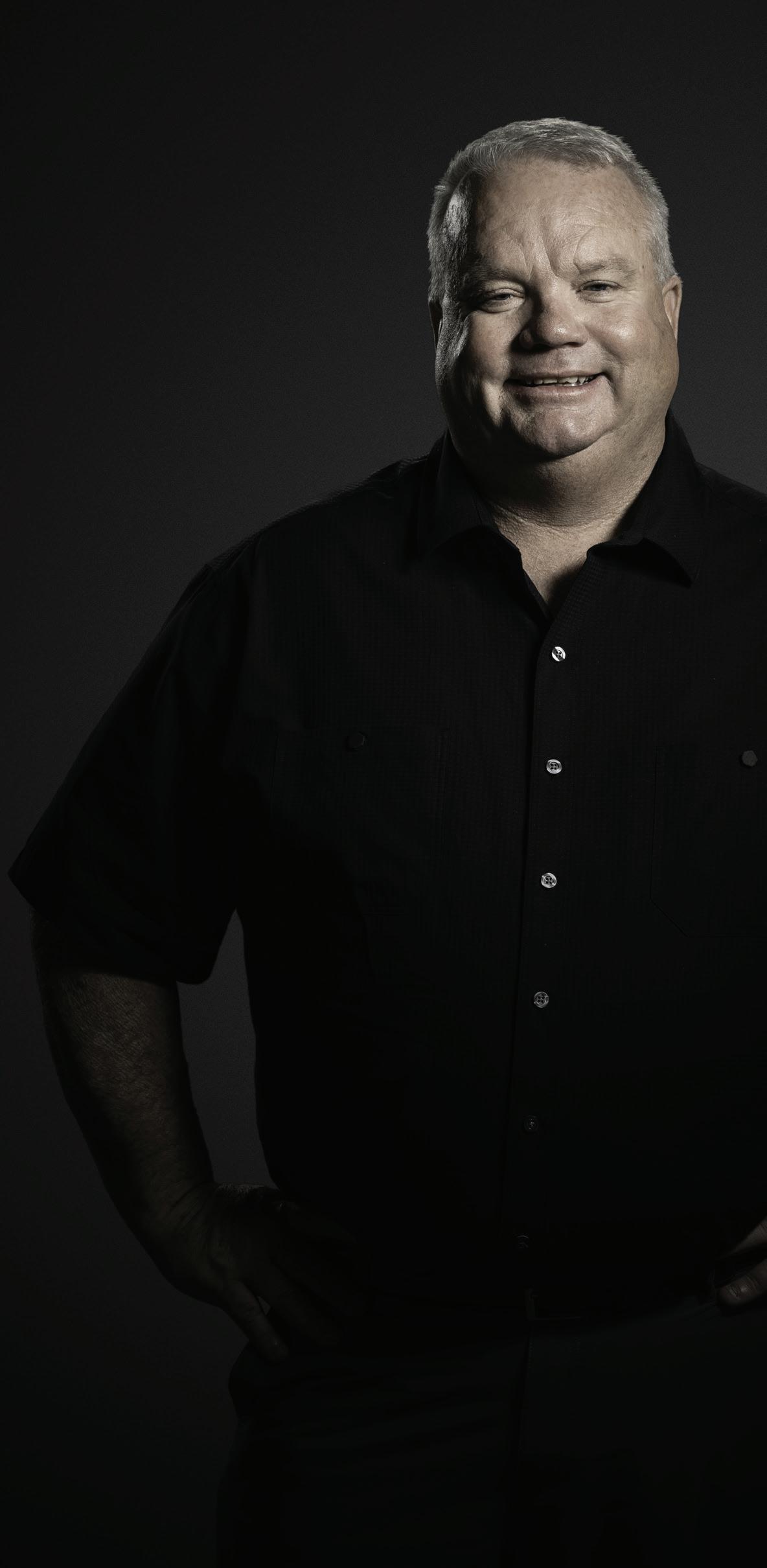
4 minute read
Treating the Invisible Wounds of War
If you or someone you know is struggling with thoughts of suicide, contact the Veterans Crisis Line by dialing 988 (press 1) or texting 838255.
Because every person’s experience with PTSD and depression is different, treatment for invisible wounds can come in many forms.
“Warriors tell us they want to feel like themselves again after service, but too often they face fears or barriers when seeking help,” said Ryan Kules, Army veteran and director of Wounded Warrior Project’s adventure-based mental health program, Project Odyssey.
“Wounded Warrior Project has many options. We help match warriors to programs that fit their unique path to feeling in control of their thoughts and feelings.”
Some of Wounded Warrior Project’s options include:
• WWP Talk: WWP Talk helps warriors and family support members plan individualized paths toward personal growth. During a weekly phone call, participants receive emotional support and help setting goals. These calls help break down the barriers of isolation.
• Warrior Care Network: This is a partnership between WWP and four academic medical centers to treat PTSD and traumatic brain injury (TBI). Innovative therapies pack a years-worth of treatment into two- to three-week intensive outpatient program.
• Project Odyssey: A 12-week mental health program that uses adventure-based learning to help warriors manage and overcome their invisible wounds while building connections with fellow warriors.
• Peer Support: Year-round events happening across the country to help warriors reconnect and bond with other veterans who understand their obstacles and give them a shoulder to lean on.
• Family Support: Warriors aren’t the only ones with invisible wounds of war, so family and caregiver support programs give a warrior’s loved ones tools to heal and feel empowered.
• Career and Financial Wellness: Worrying about how to pay the bills can contribute to mental stress. WWP has financial education programs to help warriors feel in control, and Warriors to Work can help warriors and family members find employment and career counseling. • Benefits Services: Navigating the Department of Veterans Affairs (VA) can be overwhelming. WWP Benefits Services’ VA-accredited representatives assist warriors with filing for benefits, including health care benefits, disability compensation, and caregiver benefits.

How to Start
Asking for help can feel intimidating. If you feel that way, you are not alone.
“Warriors often feel other people have it worse, or they’re intimidated to ask for help, but thousands of warriors make that ask every year and get support. It’s a big step, and it can change your life,” Kules said.
Veterans and their loved ones can contact WWP to learn about free programs and support designed for post-9/11 veterans. Call the WWP Resource Center at 888-997-2586 or email resourcecenter@woundedwarriorproject.org.
Learn more about how WWP helps warriors, family members, and caregivers through mental health support programs at http://www.woundedwarriorproject.org/CombatStigma.
Hope and Healing for Active-Duty Personnel and Veterans through Wounded Warrior Project
Wounded Warrior Project® (WWP) provides active-duty personnel, veterans, and their family support members with opportunities to connect with others who will listen and help – a community that champions your success. It starts with becoming a WWP-registered warrior or registering as a family support member or caregiver. WWP can connect warriors to people who know what they are experiencing.
Mental Wellness
Through interactive programs, rehabilitative retreats, and professional services, veterans coping with the invisible wounds of war can build resilience to help overcome mental health challenges, including post-traumatic stress disorder (PTSD), military sexual trauma (MST), and traumatic brain injury (TBI). WWP offers various mental health programs and services for veterans, including Warrior Care Network®, Project Odyssey®, and WWP Talk.

Physical Wellness
Move better. Eat better. Feel better. Sleep better. Through coaching, nutritional education, shared physical activities, adaptive sports, goal setting, and skill building, warriors are empowered to make long-term changes toward a healthier life.
Career and VA Benefits Counseling
Transitioning to civilian life is difficult. That is why WWP is here to help veterans and their families every step of the way. Whether it’s understanding the VA benefits process or pinpointing a new career path, WWP is here to serve those who served us.
Independence Program
This program provides long-term support to catastrophically wounded veterans living with injuries that impact independence, such as a moderate to severe brain injury, spinal cord injury, or neurological conditions. The Independence program also serves warriors who manage illnesses such as stroke and neurodegenerative diseases.
The Independence Program aims to empower all warriors, family members, and caregivers, no matter their status.
Learn more about how WWP helps warriors, family members, and caregivers at https://newsroom.woundedwarriorproject.org.
Warrior Care Network® has helped countless veterans take back their lives.
— WOUNDED WARRIOR CHRIS HOFF
THERE WAS A DARK MOMENT WHEN I THOUGHT ABOUT TAKING MY OWN LIFE. THE DAY THE PHONE RANG — IT WAS WOUNDED WARRIOR PROJECT, AND THEY WANTED TO CHECK ON ME TO SEE IF I WAS OKAY.”
In 2004, on only his third day in Afghanistan, Chris suffered a traumatic brain injury (TBI) during Humvee rollover training. But, like many TBIs at the time, it went undiagnosed, and he was sent back to work. A few days later, Chris’ unit lost six soldiers.
After returning home, Chris’ post-traumatic stress disorder sent him into a downward spiral and he contemplated taking his own life.
He believes that Wounded Warrior Project® Warrior Care Network and the more than 170 hours of intensive mental health treatments he received saved his life.
“I am a ten times different person today because of how the program is structured. I don’t know what would have happened if I hadn’t gone.”










